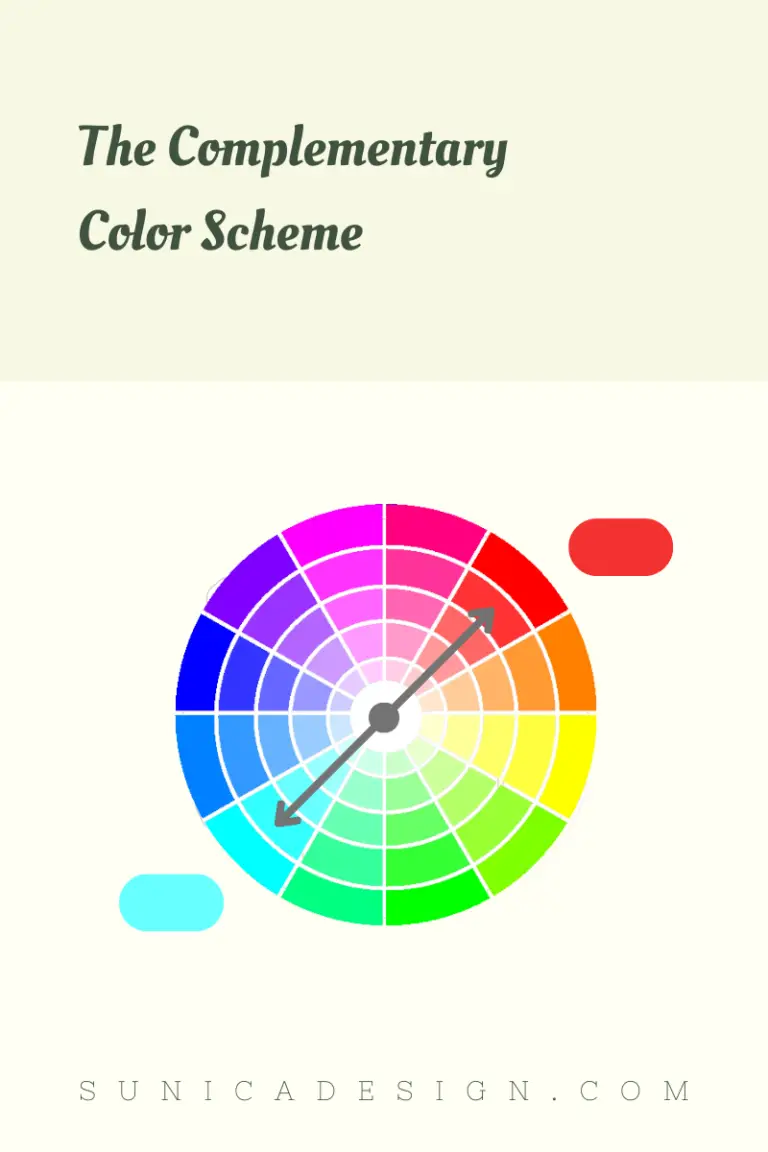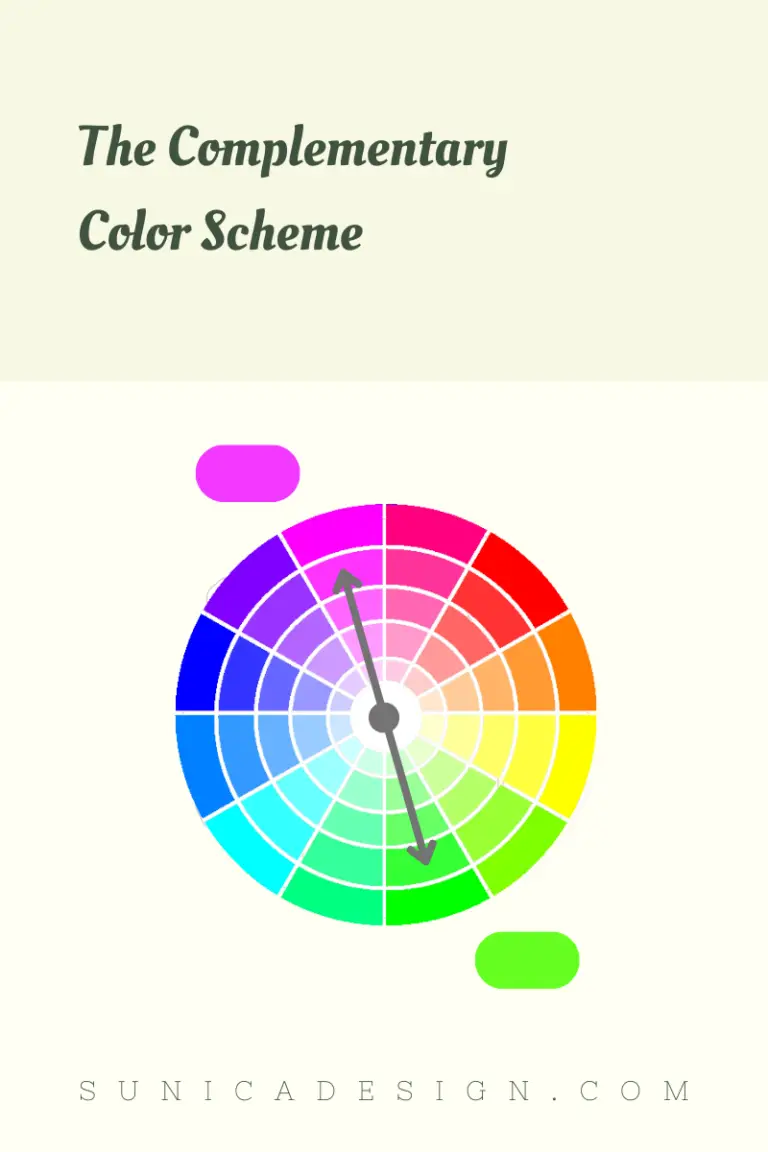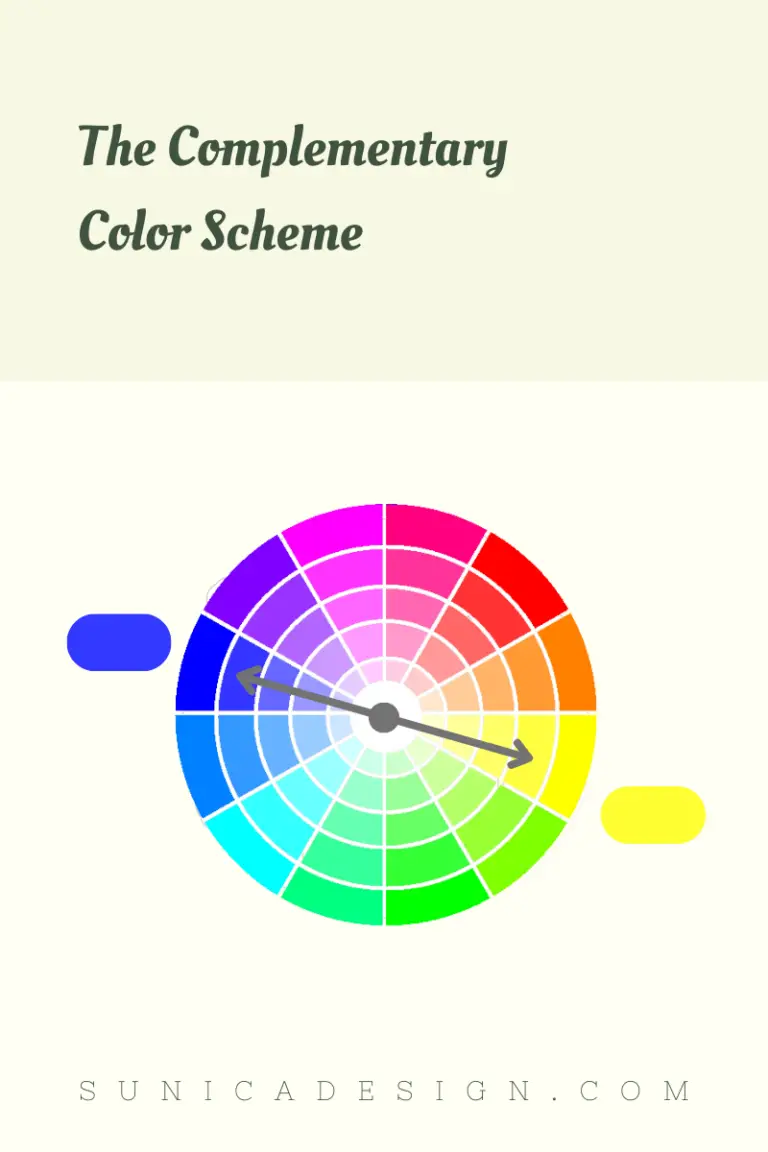The CMYK model operates on the subtractive color principle, which is quite distinct from the additive principle used in the RGB color model (you can see RGB in digital displays like your computer or television screen). The letters CMYK stand for cyan, magenta, yellow, and key (black), the four ink colors used in color printing.
When we delve into the process, it starts with a white or light-colored backdrop. The inks are then applied to this background, and as their name suggests, they subtract the light reflecting off of it. Essentially, the colors work as filters, absorbing certain wavelengths of light while reflecting others. It’s this reflection that our eyes perceive as color.
In the CMYK model, colors come to life by varying the percentages of each of the four inks applied. It’s a bit like being a chef in a kitchen, mixing ingredients to get a desired taste. But here, you’re mixing inks to get the desired shade.



To make sure we can get the color’s hex code when you click on the CMYK color wheel, we must code to convert CMYK to RGB. So here is what we do:
The multiplication by 255 scales the value to the RGB range, which is 0-255.
(1 – C) calculates the inverse of the Cyan value, as RGB requires the amount of Red which is opposite to Cyan.
(1 – K) represents the lack of black. The more black (K) you have, the darker the color will be. Hence, we subtract it.
When undertaking the task of color conversion between CMYK and RGB, it is imperative to acknowledge the inherent discrepancies that may arise due to the distinct gamuts each color space possesses. While the formulas we’ve employed offer a mathematical approach to this conversion, the reality may not always align perfectly with theoretical calculations.
These discrepancies arise from the innate characteristics of each color model. The CMYK model functions on a subtractive basis, primarily used for print media, while the RGB model is additive and is predominantly employed in digital displays. Each has its unique range or “gamut” of colors it can effectively reproduce, and these ranges do not always overlap seamlessly.
So please keep an eye out for those subtle shifts that might occur. Happy designing!
Copyright © Sunica Design. All Rights Reserved. This site is protected by reCAPTCHA and the Google Privacy Policy and Terms of Service apply.

Subscribe to our weekly newsletter and unlock: